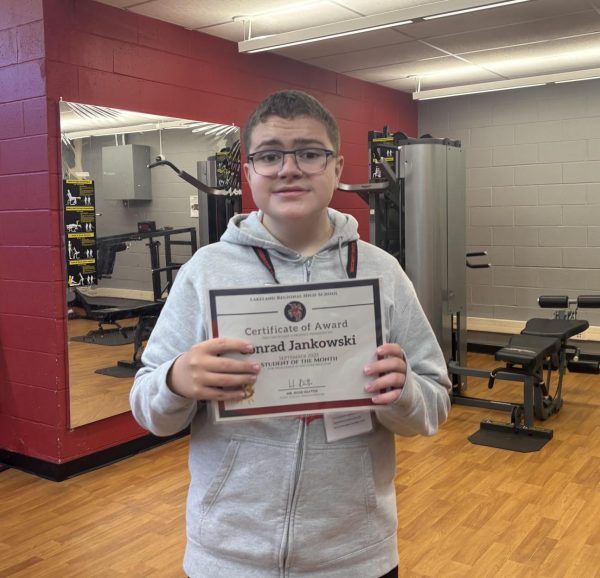Ukraine: The Next Franz Ferdinand or Poland?

Crowds of protesters at a mass rally on Independence Square in Kiev in 2014.
Ukraine is currently known as an Eastern European nation who is being bullied by the Russians, but could it come to be known as the cause of the next World War? If tensions keep getting worse, it could be the case.
On November 25, 2018, Russia seized three Ukrainian ships who they claimed had “entered their territorial waters.” Following a naval skirmish between Russian and Ukrainian ships, Ukrainian President Petro Poroshenko approved martial law in Ukraine. Russian President Vladimir Putin expressed concerns about this decision. Just one day after martial law was declared, and two days after the Russian seizure of Ukrainian ships, Russia deployed new surface-to-air missiles in the Crimean Peninsula, prompting Poroshenko to state that Ukraine is “under threat of full-scale war with Russia.”
The next day, Ukraine requested NATO ship deployment. Even though Ukraine is not a member of NATO, they have asked the alliance to deploy ships to the Sea of Azov, which is between Ukraine and Russia. If NATO follows through with this, and one little incident happens, a new World War could be initiated.
But how did this all start, and how have we gotten this close to a potential third world war? Well, we have to go back a few years to where the conflict all started:
In late 2013, Kiev saw large protests against the (at the time) Ukrainian President Viktor Yanukovych and his decision to reject a deal for greater economic integration with the European Union. The punishments for protesters was hard, but this only drew out more protesters. As a result, Yanukovych fled Ukraine in February 2014.
The next month, Russian troops began occupying the Crimean Peninsula in southern Ukraine. A local referendum was put up for vote, and Crimeans, or citizens of the Ukrainian peninsula Crimea, voted to join the Russian Federation. Russia then formally annexed the peninsula from the Ukraine (However, there is very minimal recognition that Crimea is part of Russia. The only supporters of Russia and its supporters.
Following this, Putin then cited the need to protect the rights of Russian citizens and Russian speakers in Crimea and southeast Ukraine. As a result of this, ethnic divisions heightened, causing pro-Russian separatists in eastern Ukraine to hold a referendum to declare independence from Ukraine. This never succeeded, but those separatists are still fighting for independence.
Since the start of the conflict in April 2014, there have been an estimated 34,300 casualties (10,300 deaths and 24,000 injuries), as well as around 1.5 million people displaced from their homes. Even though Moscow has denied its involvement in the crisis, Ukraine and NATO have reported the buildup of Russian troops and equipment near the 1,426 mile long border, as well as cross-border shelling.
As if the crisis wasn’t already bad enough, it got even more global attention when a Malaysian Airlines flight was shot down over Ukrainian airspace in July of 2014, killing all 298 onboard. Air accident investigators concluded that it had been downed by a Russian missile. In September 2016, investigators determined that the missile had been provided by Russia, then was moved back and forth between Eastern Ukraine and Russia following the downing of the plane.
In February 2015, French, German, Russian, and Ukrainian leaders attempted to find peace through the signing of the Minsk Accords. The goal was to resolve the conflict, and return full Ukrainian government control over the conflict zone. However, efforts to reach these goals have been unsuccessful, as many terms of the agreement continue to be violated.
With the failure of the Minsk Accords, in April 2016, NATO announced the deployment of four battalions which would rotate between the nations of Estonia, Latvia, Lithuania, and Poland. The purpose of this was to deter the Russians from initiating violence in these countries just as they had in Ukraine. Two U.S. Army tank brigades joined the NATO battalions, in Poland to further bolster NATO presence there.
In addition to this physical violence Ukraine faces at the hands of Russia, they have also been subject to numerous cyber attacks since 2014. In December 2015, one cyber attack caused 225,000 Ukrainians to lose power across the entire nation. One year later, another cyber attack caused more blackouts in the Ukrainian capital of Kiev. Then in June of 2017, government and business computer systems were hit by the NotPetya cyber attack. This attack was attributed to Russia, spread to computer systems across the world, causing billions of dollars in damage.
Clearly, Russia is interested in taking what they want from Ukraine, and most likely from other nations as well. They have instigated a civil war in the Ukraine and illegally annexed part of it as well. If Ukraine and NATO try to stand up to Putin and the Kremlin, it could go one of two ways: It could either force the Russians to back down, or the Russians don’t back down, and there could potentially be another World War on our hands.

Alex is a senior at LRHS and staff writer for The Lancer Ledger. He is very excited that he gets to be a part of rebooting The Lancer Ledger. He has played...











